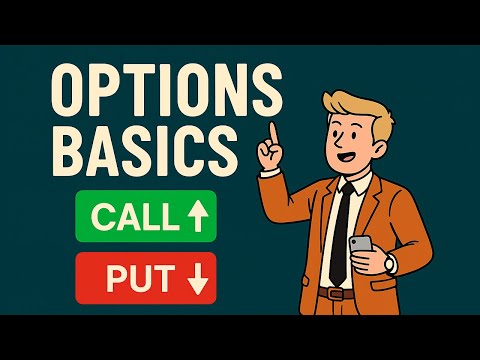Get ready to dive into the mind of a successful trader! Today, we’re taking a close look at the insights shared by Humbled Trader, who reveals the strategies behind his incredible trading journey.
He’s made millions, and now he’s pulling back the curtain to show you how it’s done.
This isn’t just about quick wins; it’s about smart trading that builds real wealth.

The Power of Low-Float, High-Volume Stocks
Imagine a small pond with a lot of fish; that’s kind of like low-float stocks. These stocks have fewer shares available, making them super sensitive to sudden rushes of excitement from buyers and sellers.
When many people trade these stocks, their prices can shoot up or down really fast. This creates big chances for traders to make money if they know what they’re doing.
Finding the Right Stocks to Trade
Our trader friend looks for stocks that have a “float” of less than 20 million shares. He also checks for stocks that are trading more than five times their usual daily average, which he calls “relative volume.”
It’s like looking for a super busy marketplace where lots of action is happening. He also prefers stocks priced between $10 and $300, avoiding cheap “penny stocks” or super expensive ones.
The Key: Trading with the Trend
The most important rule? Always trade with the general direction the stock is moving. This is known as “trading with the trend.”
If a stock is rising fast, he looks for ways to buy; if it’s falling, he looks for ways to sell short.
Setting Up for Success: Charts and Timeframes
He uses clear charts to help him see what’s happening. He looks at 1-minute, 2-minute, and 5-minute charts to spot quick movements and bigger trends.
This is like having different maps that show you the roads, but also the bigger landscape, for a full picture.
The “Breakout” Strategy
One of his favorite moves is the “breakout” trade. This happens when a stock’s price suddenly goes above a level it couldn’t get past before, like breaking through a ceiling.
He waits for this moment and then jumps in, hoping the price will keep going up.
Using Indicators: VWAP and Moving Averages
He doesn’t trade blindly. He uses tools called “indicators” to help him. The “VWAP” (Volume Weighted Average Price) is like a special average that considers how much stock was traded at each price.
He also uses “moving averages,” which are lines that show the average price over a certain time. These tools help him confirm if a trend is real or just a quick flicker.
Protecting Your Money: Stop-Loss Orders
Even the best traders have trades that don’t go their way. That’s why he always uses a “stop-loss” order. This is an automatic command to sell your stock if it drops to a certain price.
It’s like having a safety net that catches you if you fall, preventing huge losses.
The Psychology of Trading
It’s not just about charts and numbers; it’s also about your feelings. He talks about how important it is to control your emotions, like fear and greed, which can cloud your judgment.
Having a clear plan and sticking to it, even when things get tough, is crucial for long-term success.
Why This Matters for You
This approach isn’t just for full-time traders. Understanding these ideas can help anyone who wants to get better at understanding the stock market.
It shows that with dedication and the right strategy, consistent profits are possible, even for those starting small.
Ready to Learn More?
This trading journey teaches us that patience, discipline, and a solid plan are far more important than chasing quick, risky wins. It’s about building skill over time.
Are you ready to dig deeper and apply these powerful lessons to your own trading? The insights shared are a roadmap for navigating the exciting world of stock trading.
Check out the full video here: Trader Reveals the Strategy that Made Him $11.5M Verified Profits
To learn more from this excellent creator, dive into more content from Humbled Trader!
stock trading strategies, low-float stocks, day trading, technical analysis, risk management, verified profits
Discover a trader’s multi-million dollar strategy: low-float, high-volume stock picks, trend trading, and crucial risk management tips.
“`





You must be logged in to post a comment.